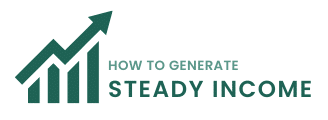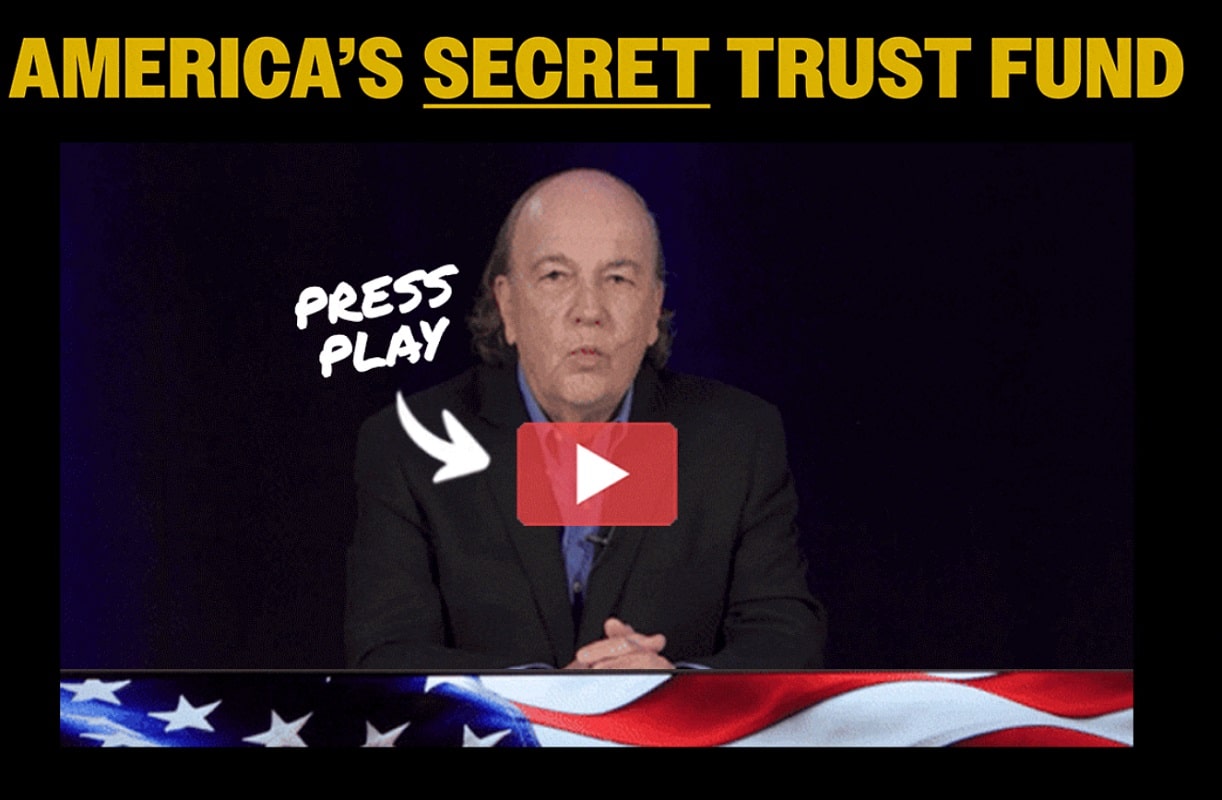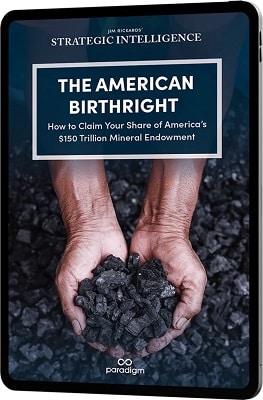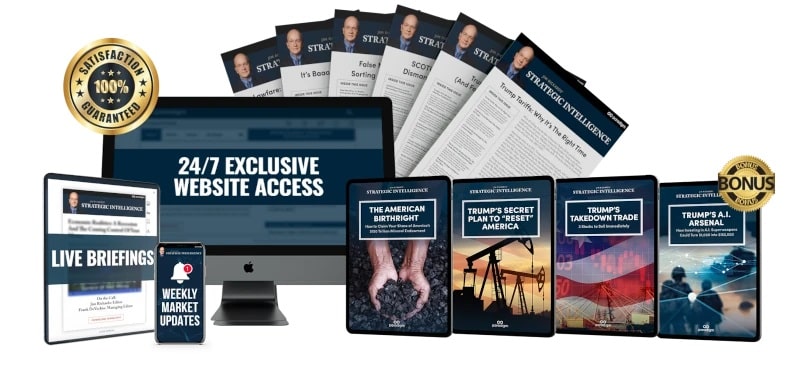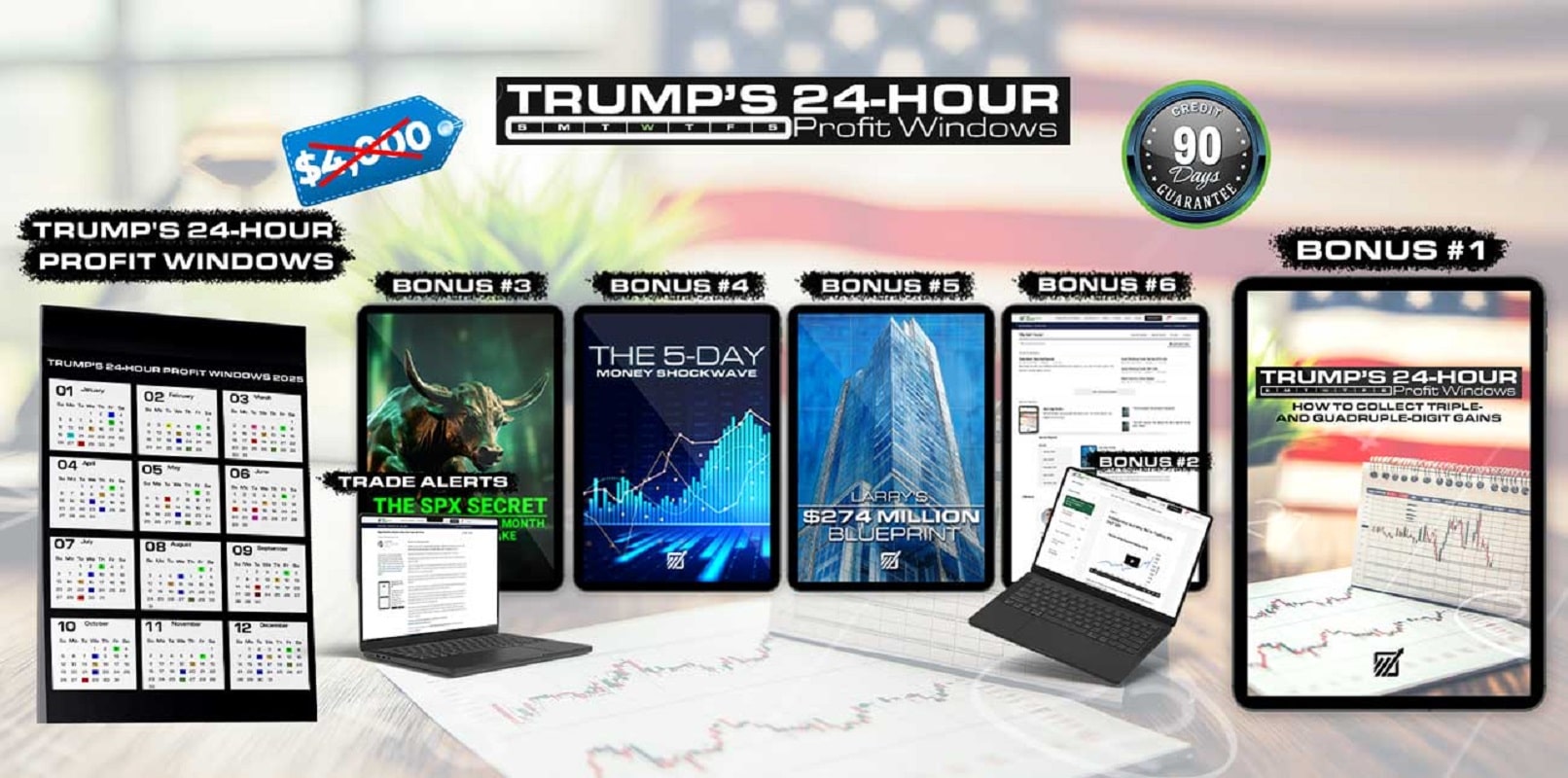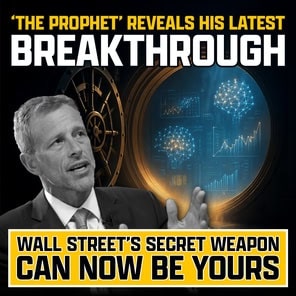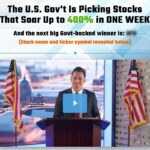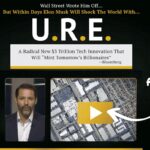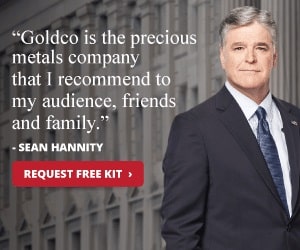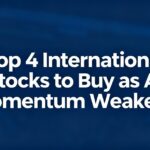For years, the narrative has been clear: America is drowning in debt, teetering on the edge of financial collapse. Headlines scream about national debt ceilings, government shutdowns, and a looming economic crisis. But what if everything you’ve been told is only half the story? What if the United States isn’t broke at all—but sitting on a secret fortune so vast it could transform every American family into millionaires?
This is the provocative claim made by Jim Rickards, a former White House and Federal Reserve advisor with a 50-year career in the innermost circles of power. According to Rickards, a “national trust” worth $150 trillion has been quietly growing for over a century, hidden in plain sight within America’s federal lands. Thanks to recent moves by President Donald Trump—including a pivotal Supreme Court decision—this wealth is poised to be unleashed, potentially reshaping the nation’s economy and silencing Trump’s critics in the process.
In this article, we’ll dive deep into the origins of this so-called endowment, explore why it’s been kept under wraps for decades, and reveal how everyday Americans could profit from what Rickards calls “the opportunity of a lifetime.” Buckle up—this isn’t your typical financial story.
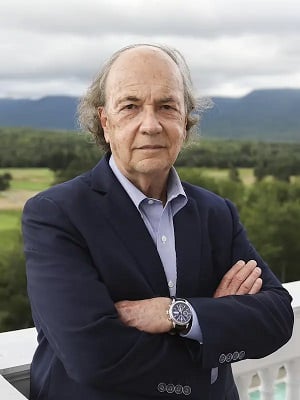
The Birth of America’s Secret Trust
To understand this hidden fortune, we need to travel back to 1872, during the administration of President Ulysses S. Grant. It was then, Rickards explains, that the 42nd Congress amended Title 30 of the U.S. Code, establishing what he describes as a “secret trust” for the American people. This wasn’t a trust fund in the traditional sense—no piles of cash or stocks stashed in a vault. Instead, it was a legal framework tied to the nation’s vast mineral resources, buried beneath federally owned lands.
At the time, the U.S. was a young, expanding nation. The Homestead Act of 1862 had already incentivized settlers to claim 160 acres of public land for just $18—an investment that could yield a fortune as land values soared. But while the government gave away 10% of its territory, it retained control over the most valuable assets: mineral-rich deposits of gold, copper, silver, lithium, and more. These resources, Rickards argues, were locked away, untouchable by politicians and bureaucrats, allowing their value to compound over generations.
Fast forward to today, and this “national trust” has ballooned to an estimated $150 trillion—enough to pay off the national debt four times over, buy every home in America, and still have cash to spare. So why haven’t you heard about it until now?
A Century of Secrecy: Why the Trust Stayed Hidden
The sheer scale of this endowment—$150 trillion—is almost impossible to fathom. To put it in perspective, it’s enough to hand every U.S. household a check for $1.1 million. Yet, for over a century, this wealth remained sealed off from the public. Rickards attributes this secrecy to a combination of bureaucratic inertia, political ideology, and regulatory overreach.
Unlike the Social Security Trust Fund, which has been raided repeatedly and is projected to run dry by 2033, this national endowment was protected from political meddling. “If Jimmy Carter, Bill Clinton, Obama, or Biden had tapped into it,” Rickards warns, “they would have unleashed a socialist nightmare and destroyed this country.” Instead, the trust’s unique structure—tied to physical mineral deposits rather than liquid assets—kept it out of reach, allowing it to grow untouched.
But there’s another reason for the silence: government policy. For decades, environmental regulations and red tape have stifled America’s ability to extract its own resources. Projects like Arizona’s Resolution Mine, Alaska’s Pebble Mine, and Nevada’s Thacker Pass Lithium Mine—each holding billions in untapped wealth—have been stalled for 20, 30, even 40 years. The Chevron Doctrine, a legal precedent that empowered federal agencies to block development, acted as a chokehold on innovation and extraction. Until now.
Trump’s Game-Changer: The Supreme Court and Beyond
The turning point came in 2024, when Trump’s Supreme Court overturned the Chevron Doctrine, stripping unelected bureaucrats of their “kill shot” power over mining projects. This decision, combined with Trump’s aggressive deregulation agenda, has set the stage for a modern-day gold rush. “For the first time in half a century,” Rickards says, “we can go get these minerals. And it’s not the government that will profit—it’s the investors who act on this opportunity.”
Trump’s vision doesn’t stop there. In December 2024, he signed an executive order creating America’s first-ever Sovereign Wealth Fund, a move hailed by supporters as a bold step to monetize the nation’s assets. Treasury Secretary Scott Bessent hinted at the plan, stating, “We’re going to monetize the asset side of the U.S. balance sheet.” While details remain unclear, Rickards predicts this fund could rival those of Norway or Saudi Arabia, potentially fueling everything from tax cuts to infrastructure projects like Trump’s proposed “Freedom Cities.”
Adding fuel to the fire, Trump has vowed to fast-track approvals for any company investing $1 billion or more in U.S. resource development. “Get ready to rock,” he declared on Truth Social, signaling a seismic shift in how America leverages its natural wealth. But what exactly is this wealth, and how can ordinary citizens stake a claim?
The $150 Trillion Jackpot: What’s at Stake?
This isn’t about cash handouts or government checks. The $150 trillion endowment isn’t stored in a bank—it’s embedded in the earth, spanning all 50 states.
Rickards points to specific examples: $516 billion in California’s Salton Sea, $3.1 trillion in Nome, Alaska, and a staggering $7.35 trillion in Midland, Texas. These figures represent the untapped value of minerals like copper, lithium, gold, and rare earths—critical components for everything from AI chips to electric vehicles and military technology.
The timing couldn’t be more urgent. China, which controls 100% of 20 key minerals essential to the U.S. economy, recently banned exports to America, echoing the 1970s Arab Oil Embargo.
Trump’s response? Open America’s federal lands—28% of the nation’s total territory—and break China’s monopoly. “We’ve been sitting on a fortune,” Rickards says, “while our leaders acted like we’re broke, borrowing and printing money to fund the government.”
A New Gold Rush: How Investors Can Cash In
Here’s where the story gets personal. While the government won’t be cutting million-dollar checks, Rickards believes everyday Americans can profit by investing in companies poised to exploit this mineral boom. “You don’t have to be a billionaire,” he insists. “With as little as $500, you can own shares in firms with rights to some of the most valuable deposits in America.”
He cites historical precedents: First Quantum’s Kanganshi Copper Mine in Zambia, which delivered a 2,583% return; Northern Dynasty’s Pebble Project, up nearly 3,000%; and Paladin Energy’s uranium mine in Namibia, soaring 61,000%. “These are best-case scenarios,” Rickards cautions, “but they show what’s possible when the government gets out of the way.”
In his report, “The American Birthright: How to Claim Your Share of America’s $150 Trillion Mineral Endowment”, Rickards names five specific companies—complete with ticker symbols—set to skyrocket as Trump’s policies take effect. “This is about cramming 50 years of trapped wealth into a single presidential term,” he predicts, projecting gains of 2x, 3x, or more for savvy investors.
Beyond Minerals: Trump’s Broader Economic Reset
The mineral endowment is just one piece of Trump’s ambitious agenda. Rickards reveals a second pillar: a return to the “American System,” a pre-income-tax framework championed by George Washington and Abraham Lincoln. Trump’s proposal to replace the IRS with an External Revenue Service—funded by tariffs rather than personal taxes—could “rewire our economy,” Rickards says. His report, “Inside Trump’s Secret Plan to “Reset” America”, details three energy stocks likely to surge as a result.
Then there’s the military angle. In “Trump’s A.I. Arsenal: How Investing in A.I. Superweapons Could Turn $1,000 into $162,000”, Rickards explores Trump’s plan to modernize the armed forces with AI-powered drones and an American “Iron Dome.” One small-cap defense firm, he claims, could see gains of 10,000% as it replaces costly legacy systems.
Finally, “Trump’s Takedown Trade: 3 Stocks to Sell Immediately” warns of companies at risk of collapse as Trump pressures firms to reshore production. “If you own the wrong stocks,” Rickards cautions, “you could be wiped out.”
Why Now? The Opportunity of a Lifetime
Why is this moment so unique? For one, the convergence of Trump’s deregulation, the Supreme Court’s ruling, and global supply chain pressures creates a perfect storm. Add in the fact that billionaires like Jeff Bezos and Bill Gates are already investing—yet lack the agility of smaller investors—and the advantage becomes clear. “A guy like Bezos can’t meaningfully move the needle with a $400 million company,” Rickards explains. “But you can.”
Through his newsletter, “Strategic Intelligence”, Rickards offers a risk-free trial for just $49—down from $299—unlocking six months of insights plus all four reports. “Massive changes are coming,” he warns. “Most people will be caught off-guard.”
America’s $150 trillion secret trust isn’t a fairy tale—it’s a tangible opportunity rooted in history and unleashed by bold policy. Whether you’re an investor seeking generational wealth or a citizen curious about the nation’s future, the stakes couldn’t be higher. As Rickards puts it, “This is the gold rush of the 21st century—no pickaxe required.”
Ready to dig in? Click the link below to join “Strategic Intelligence” and access Rickards’ full research, risk-free. The clock is ticking—will you claim your share of the American Birthright?
FAQ: America’s $150 Trillion Secret Trust Explained
What is the $150 trillion “secret trust” Jim Rickards is talking about?
The “secret trust” refers to a massive store of mineral wealth—estimated at $150 trillion—embedded in U.S. federal lands. It originated in 1872 when the 42nd Congress amended Title 30 of the U.S. Code, creating a framework to preserve these resources. Unlike a traditional trust fund, it’s not cash but untapped deposits of gold, copper, lithium, and other minerals that have grown in value over time.
What role does President Trump play in unlocking this fortune?
Trump’s Supreme Court overturned the Chevron Doctrine in 2024, removing regulatory barriers to mining. He’s also signed an executive order creating America’s first Sovereign Wealth Fund and promised expedited approvals for companies investing $1 billion or more in U.S. resource development. These moves aim to tap into the $150 trillion mineral wealth.
Can every American really become a millionaire from this?
Not directly. The $150 trillion figure is an estimate of the total mineral value—enough to theoretically give each U.S. household $1.1 million if divided evenly. However, Rickards clarifies this isn’t a government handout. Instead, individuals can profit by investing in companies poised to extract these resources.
How can I invest in this opportunity?
Jim Rickards suggests buying shares in specific companies with mineral rights to valuable U.S. deposits. His report, The American Birthright, lists five ticker symbols you can purchase through any brokerage account, starting with as little as $500. He predicts these stocks could double, triple, or more as Trump’s policies take effect.
Why haven’t mainstream financial institutions reported on this?
Rickards says the trust has been reported on, but often negatively by outlets skeptical of mining. Government agencies like the U.S. Geological Survey document the minerals but focus on geology, not financial potential, burying the data in technical reports. The scale and implications are also beyond most people’s imagination, limiting coverage.
Won’t unlocking this wealth cause hyperinflation or hurt the dollar?
Rickards argues no. Unlike historical gold rushes that expanded money supply, today’s currencies aren’t backed by commodities. Increased mineral supply might lower prices if demand stays flat, but he expects soaring demand for these materials (e.g., for AI and EVs), offsetting any devaluation risk.
How does America’s Sovereign Wealth Fund compare to Norway’s or Saudi Arabia’s?
It’s too early to say exactly, as Trump’s fund is new. Other nations’ funds often hold commodities or cash, providing benefits like Norway’s $350,000 per citizen or Saudi Arabia’s tax-free perks. America’s version might fund infrastructure or tax cuts, but Rickards advises investing in related stocks since direct payouts are uncertain.
Why aren’t big investors dominating this opportunity?
They are—Buffett, PIMCO, and others are buying into resource firms. However, Rickards says small investors have an edge with smaller companies (e.g., a $400 million market cap firm). Billionaires like Bezos can’t invest meaningfully without buying out the whole company, leaving less upside compared to regular folks.
What’s in Jim Rickards’ reports, and how do I get them?
Rickards offers four reports: The American Birthright (five stock picks), Trump’s Secret Plan to “Reset” America (energy stock opportunities), Trump’s Takedown Trade (stocks to avoid), and Trump’s A.I. Arsenal (military AI investments). You can access them with a $49, six-month trial to Strategic Intelligence, including a 90-day money-back guarantee, via the article’s link.
Is this a guaranteed way to get rich?
No investment is guaranteed. Rickards highlights historical gains (e.g., 61,000% from Paladin Energy) as best-case scenarios, but advises never investing more than you can afford to lose. The opportunity hinges on Trump’s policies succeeding and market conditions aligning.
What happens if Trump’s plans fail again, like in his first term?
Rickards admits Trump faced setbacks—Russian probes, impeachment, and COVID—during his first term, stalling projects like the Keystone Pipeline. This time, with the Chevron Doctrine gone and a stronger mandate, he believes Trump has a clearer path, though political or economic obstacles could still arise.
